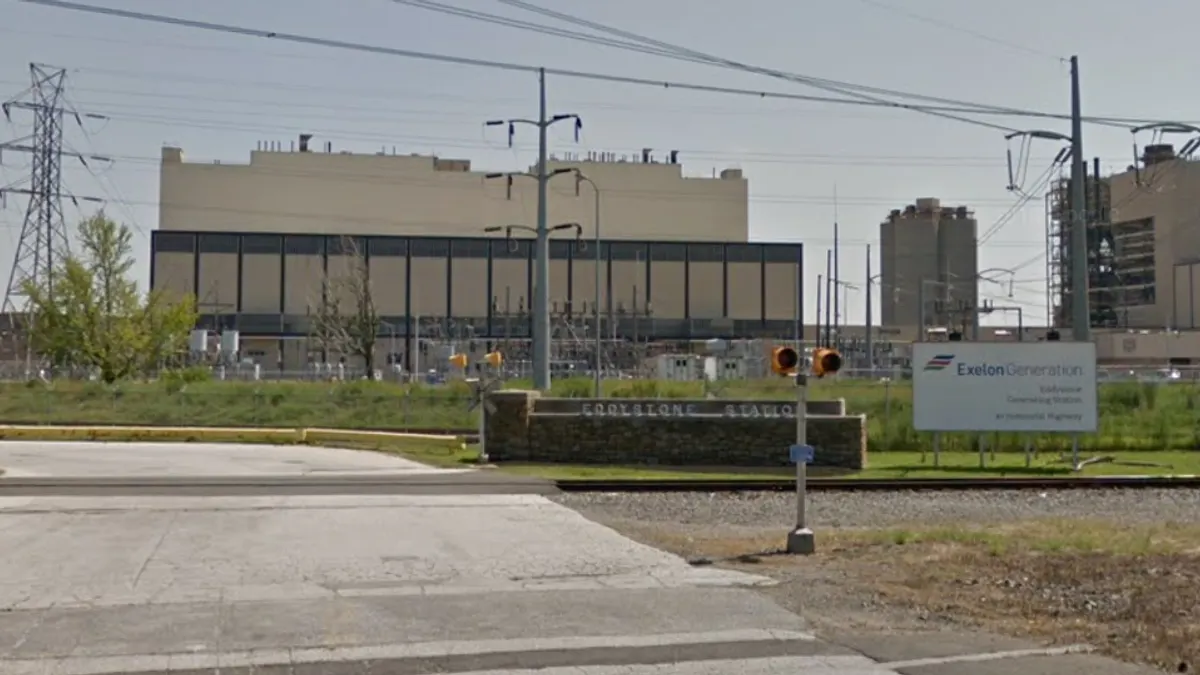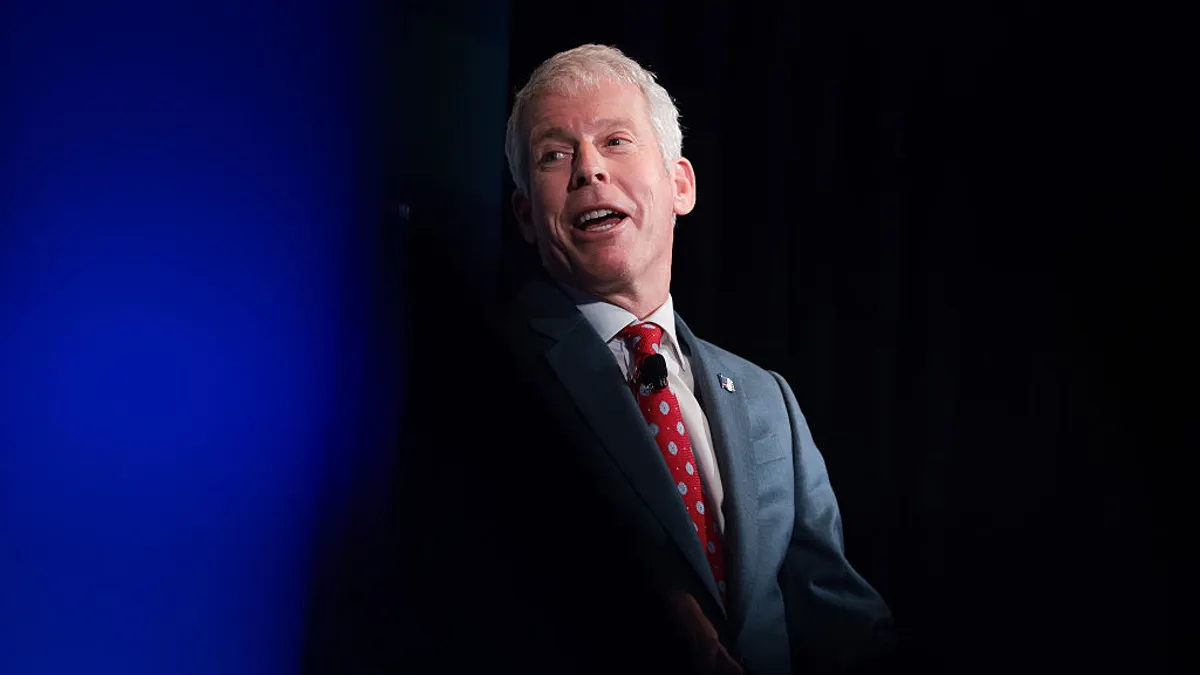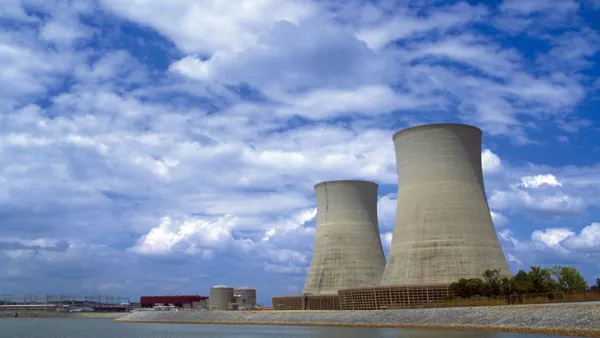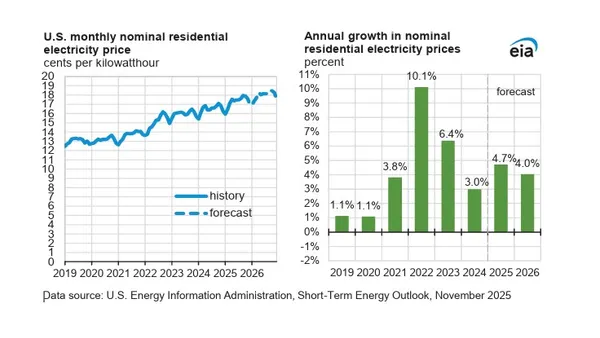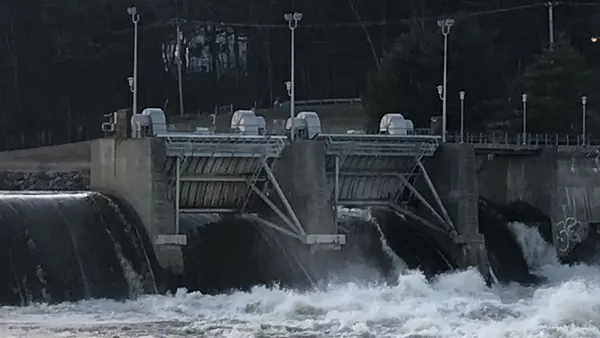The United States in July installed 18 MW of new coal capacity, 1.18 GW of solar, and 16 MW of wind — with the coal additions bucking an overall trend this year toward coal retirements, according to the Federal Energy Regulatory Commission’s latest monthly infrastructure report.
Coal is still in the negative for added capacity from January to July, losing a total of 40 MW, the report said. Natural gas expanded by only 2 MW in July, but added 2.2 GW from January to July. Oil added 4 MW in July and 17 MW from January to July.
The Trump administration has made new coal, gas and oil deployments a priority, with the U.S. Department of Energy announcing on Monday that it will direct $625 million in funding toward retrofitting and recommissioning coal plants.
Solar was the runaway leader for added generation both in July and the first seven months of the year, during which time it added 16 GW of new capacity. Wind was the next most successful, adding 3.28 GW, followed by natural gas.
However, the U.S. community solar market contracted in the first half of 2025 after a record boom in 2024, according to a Tuesday report from Wood Mackenzie for the Coalition for Community Solar Access. Community solar installations declined 36% year-over-year, Wood Mackenzie said, with 437 MW of new capacity installed in the first half of the year.
Compared to the same period of January to July last year, the U.S. saw significantly less nuclear capacity come online — zero nuclear capacity was added in that timeframe this year, compared to 1.1 GW last year, according to FERC. Natural gas, wind and solar have all seen more capacity additions in that timeframe this year than they did last year.
Between August this year and July 2028, FERC forecasts “high probability additions” of 22 GW of natural gas, 92.6 GW of solar, 22.6 GW of wind, zero new coal and 35 MW of nuclear. In that same timeframe, 25 GW of coal capacity and 13.7 GW of natural gas capacity are set to retire.
Ninety-four miles of new 345-kv transmission was brought online in July, according to FERC’s report, but no new transmission that was 500-kv, or 230-kv or lower. This reflects an overall trend toward 345-kv installations, with the U.S. bringing on 370.8 miles of 345-kv transmission online from January to July this year — compared with 50.2 miles of transmission 230-kv or lower, and only 1.8 miles of 500-kv transmission.
In 2024, the U.S. brought online 784.8 miles of transmission 230-kv or lower, 554 miles of 500-kv transmission, and only 334.5 miles of 345-kv transmission, according to FERC.
A July report from Americans for a Clean Energy Grid warned that the U.S. is “failing” to build enough new high-voltage transmission infrastructure.
“In 2024, just 888 miles of high-voltage transmission lines were completed. By comparison, nearly 4,000 miles were built in 2013 alone,” a release from the group said. “This shortfall puts critical sectors like semiconductor manufacturing, artificial intelligence, and advanced manufacturing at risk at an important time for the future of the U.S. economy.”





